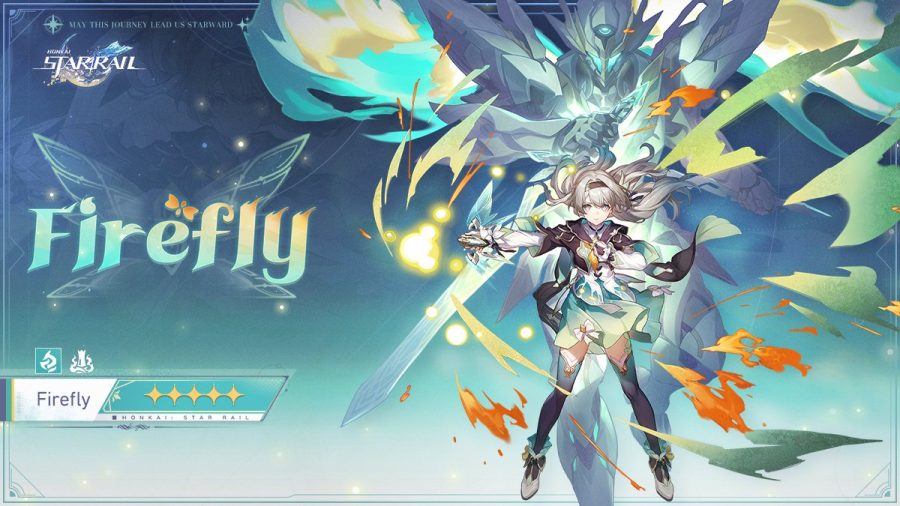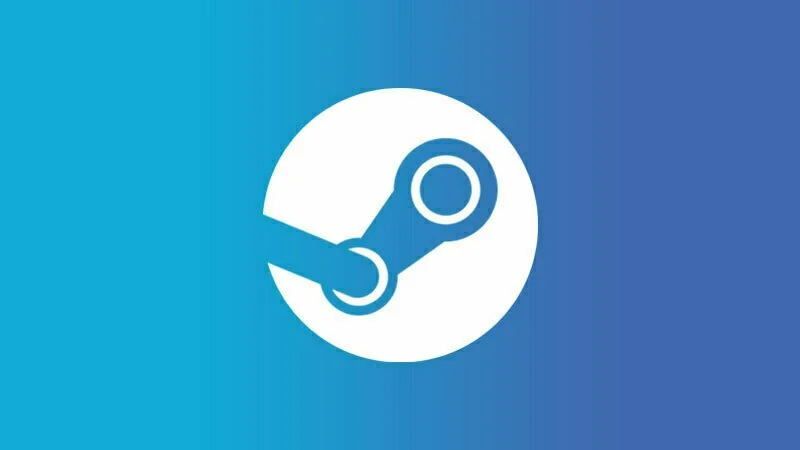An alteration made for the latest 2.0 version of the Dropbox app for Android in order to better comply with the rules of the operating system resulted in the removal of some features that, in the 1.x versions, users had come to rely upon. As a result, Dropbox team members these past few weeks have found themselves in damage control mode, as they work to stem a rising tide of frustration from users, some of whom aren’t yet buying the company’s message that these changes were necessary.

The biggest change the new version makes is to the storage locations for files downloaded from users’ Dropbox storage areas to their phones. One is the cache for files that may be useful on the phone, like pictures and music. Another is for documents that may then be opened up in apps on the phone, like the QuickOffice productivity suite or the KeePassDroid password cache. The new version of the Dropbox app moves these locations to directories specified in the Android guidelines. But the change was implemented before users and developers were ready.
The Android app for Dropbox has been generally available only since mid-2010. During that time, both users and developers had come to recognize sdcard/dropbox as the storage location for downloaded files. Other apps could rely on those files appearing there, so when they were launched automatically, the files would be loaded with them.
After upgrading to 2.0, Dropbox for Android users discovered that feature no longer worked. They panicked. One furious developer contacted me personally.
Forced relocation
In an e-mail, Dropbox forums member ro m. expressed his outrage that developers were never told about the change of methodology prior to the 2.0 update. “The worst part is that while the upgrade migrates data that originated from the Dropbox app to the new location,” ro m. wrote, “anything that the users put into that place from other sources will be lost.”
Writes one Dropbox user on Android Market, “This app used to be awesome. It would sync automatically. Now it sucks. Docs were available once it synced. Now you have to ‘export’ and it won’t even preform background downloads.” Followed another, “Dear, Netflix… I mean, Dropbox: Don’t fix what isn’t broke.”
This afternoon, Dropbox’s Android app product manager, Aseem Sood, acknowledged to ReadWriteWeb that the change from one-click downloading to an “Export” button caused some issues with customer support.
“We did this partly to be a good member of the ecosystem and partly because the cache isn’t meant to be used directly by users or developers,” Sood tells RWW. “Some users assumed that our cache worked just like the Dropbox folder on desktop with full sync capability. Due to battery and bandwidth limitations on a mobile device, full sync isn’t practical. So the folder is an internal cache meant to be accessed only by the Dropbox app.”
Having anticipated that folks upgrading to 2.0 may have already had files in the existing 1.x cache location, Sood says the new version’s installer does move the files to a new location. That’s a fact that some users found out for themselves. Believing those files disappeared, Dropbox ended up giving them guidance as to where they moved so they could be recovered. Admits Sood, “In retrospect, it’s clear that we could have done a better job of communicating this move to users.”
The one-click and longtap download features that have since been removed from Dropbox for Android 2.0, are touted in this June 2010 review by Revision3, at about 1:30 into the video.
Android’s least “Favorite”
Rather than expect the user to navigate to Android’s new, prescribed cache location – which may be several folders deep – Dropbox added two new features, the purpose for which it’s clear from a scan of Android forums users don’t readily understand. A user declares a downloaded file a favorite, Sood says, to ensure that Dropbox’s cache management functions do not inadvertently delete the file to create space for new ones.
One Dropbox user complained that change places too great a burden on users to make the program easier for Dropbox to manage, rather than the other way around. “The whole ‘Favorites’ system itself completely goes against the ideas behind Dropbox,” writes forum member Riley M. “You don’t pick ‘favorites’ with Dropbox, you download and sync files. There’s absolutely no intuitive connection between something being a ‘favorite’ and the idea of downloading the file for offline use. Before, the option was clearly presented as ‘download’ and kept in a directory labeled as such.”
A new function called Export, Dropbox’s Sood explains to us, was added to enable users to direct downloaded files to a specific location, while at the same time discouraging the use of the old cache location. “Our assumption was that these features cover the use cases of ‘Download,'” he says.
But that was just an assumption, he admits: “Immediately after launch, we realized that there were two bugs that were making it even harder for our users to transition to the new version.”
Because the new cache location has a period ( . ) in its path, some apps, he notes, cannot navigate there and find any files at all. Also, when the 2.0 version was released, users noted that each and every time they exported a file, they had to navigate to the desired folder. A revision to the 2.0 version has since been released, he tells us, which address these two issues.
But even this change can’t make things go back to the way they were, he concludes. “We recognize that it’s still more steps than 1-click Download,” Sood tells RWW, “and while we aren’t considering bringing Download back, we are exploring other options to serve the same use case without having users rely on our cache directly.”
Last year, a mobile tools developer (not Dropbox) explained to me the key difference in his mind between building for iOS and for Android. With iOS, he said, Apple prescribes strict rules which every developer must follow, which he argued discourages innovations discovered through trying to bend the rules. By contrast, the rules for Android aren’t all written yet, so innovators in the field may discover new ways of working, which may retroactively be declared rules later. Well, there are new rules in town for Android, and for many, learning to bear with them can still resemble life in the Wild West.










